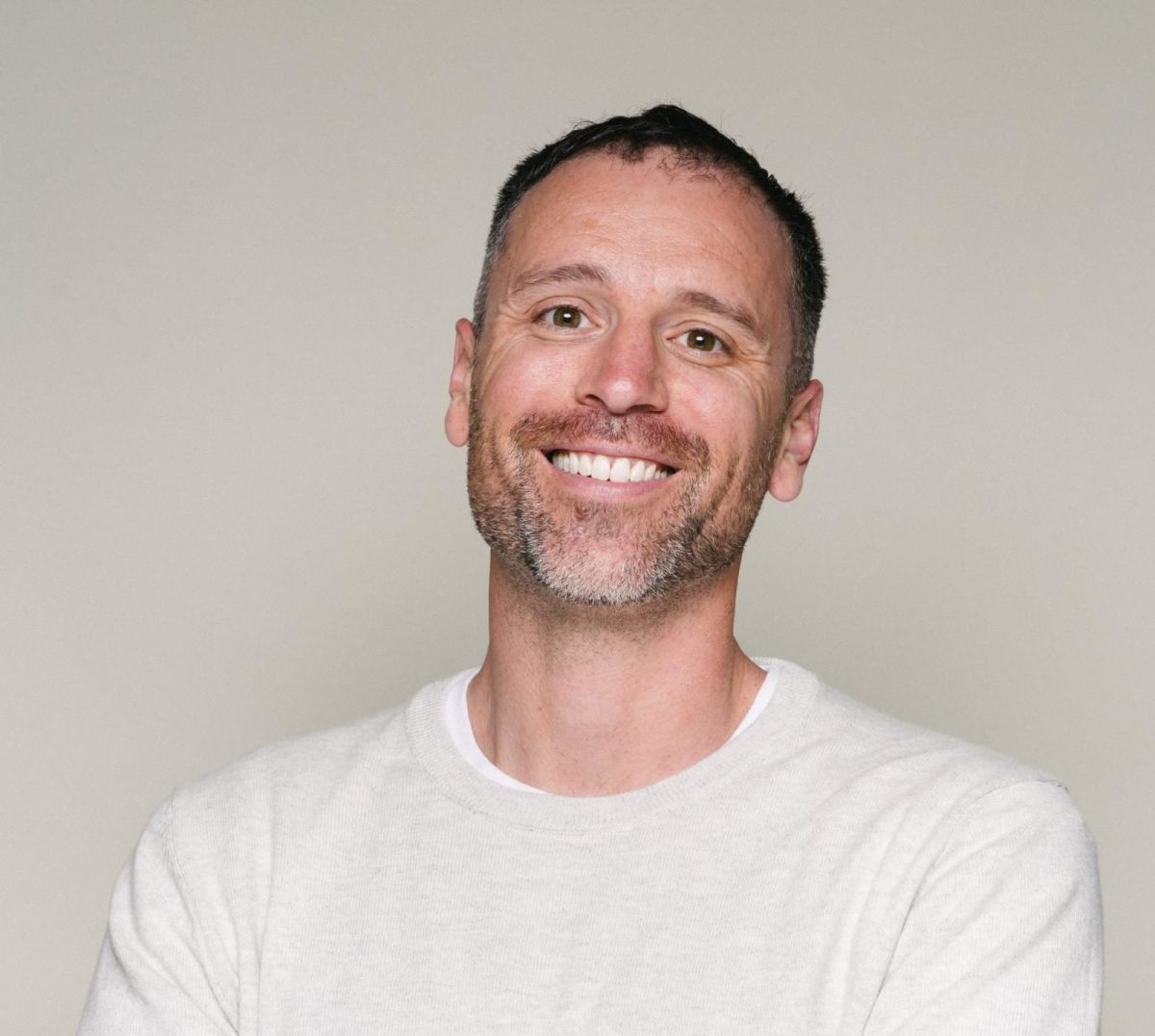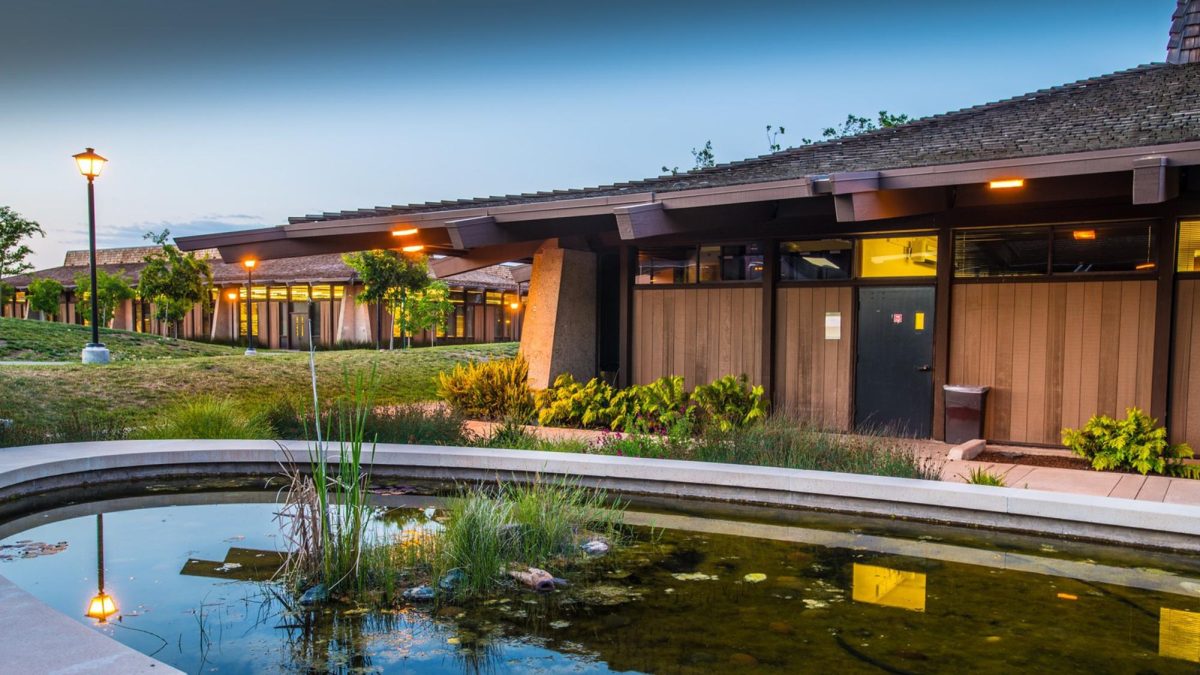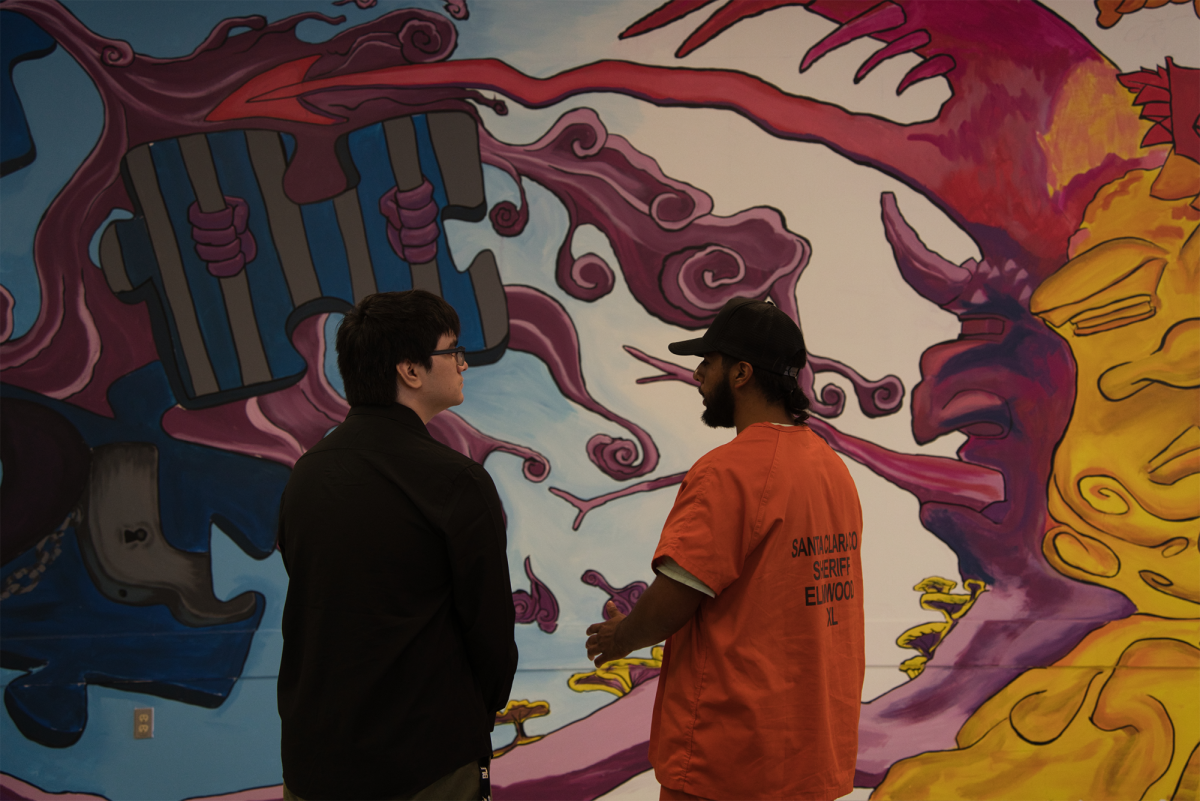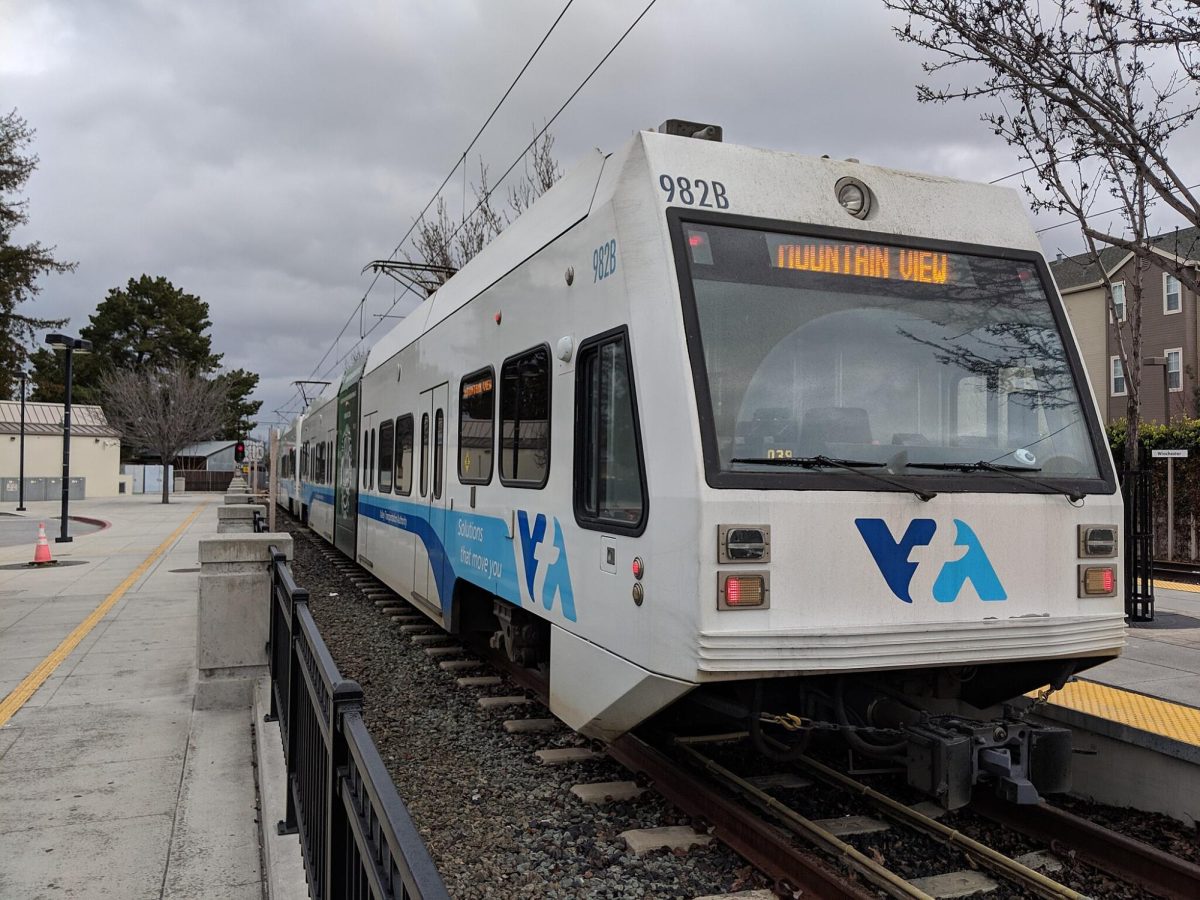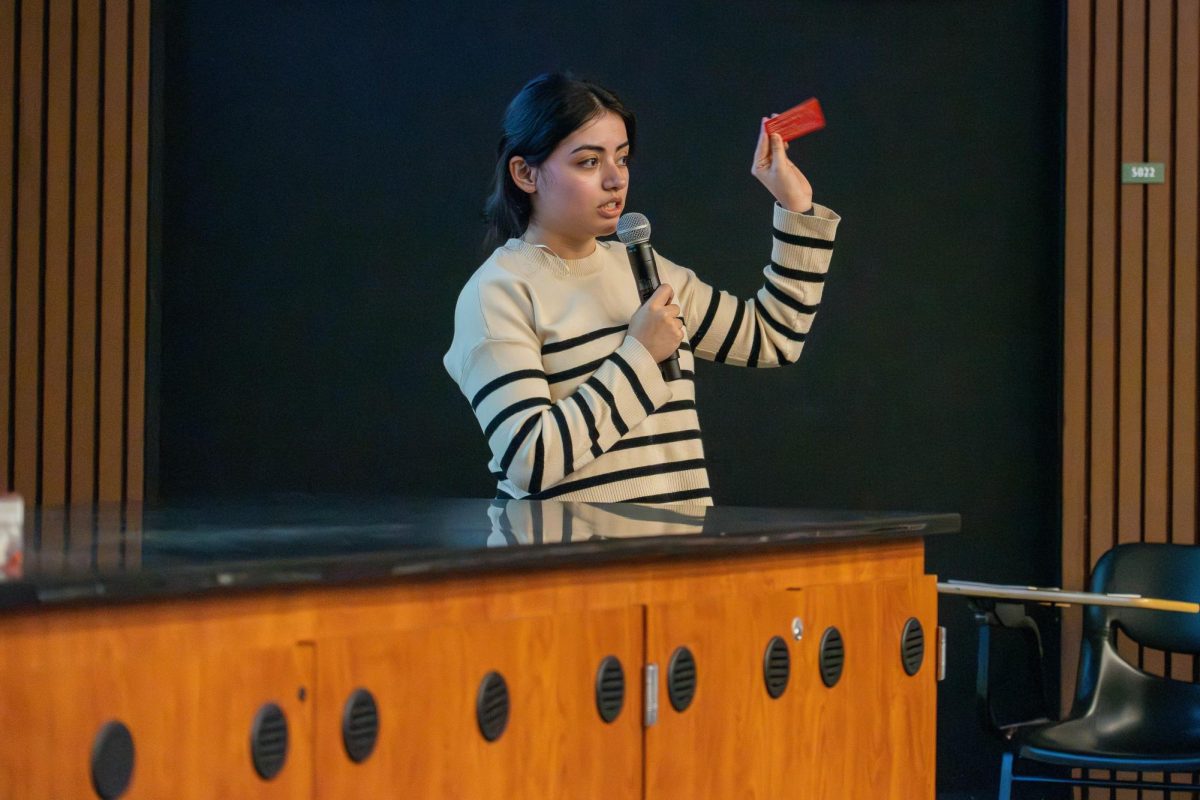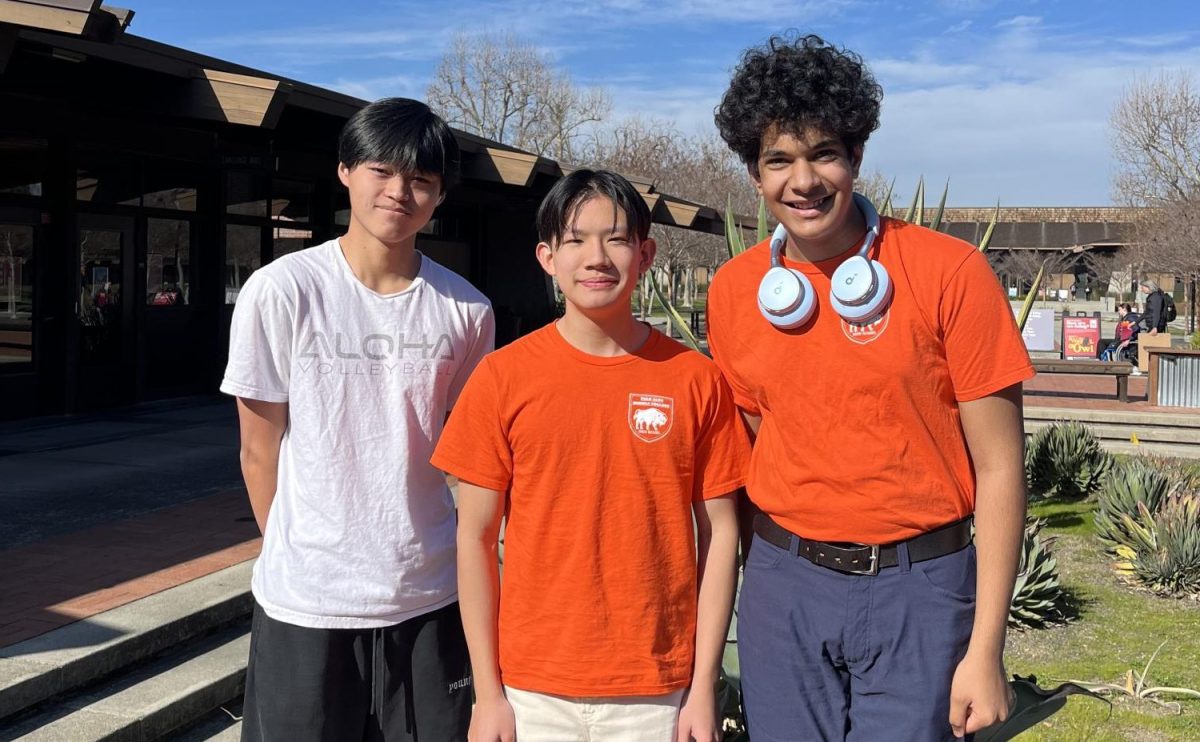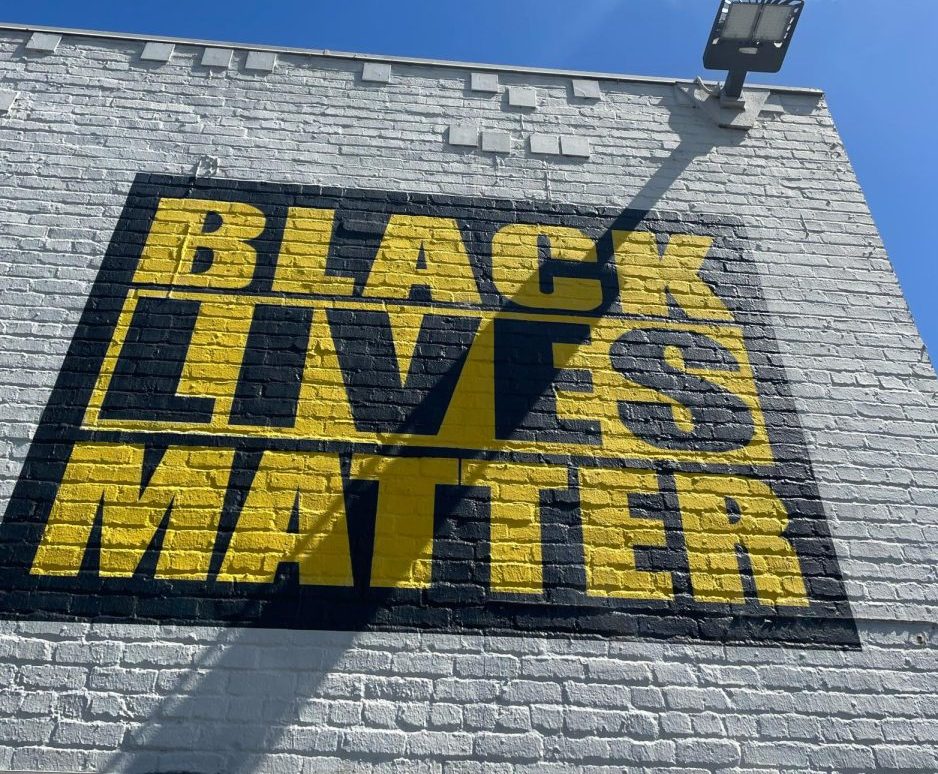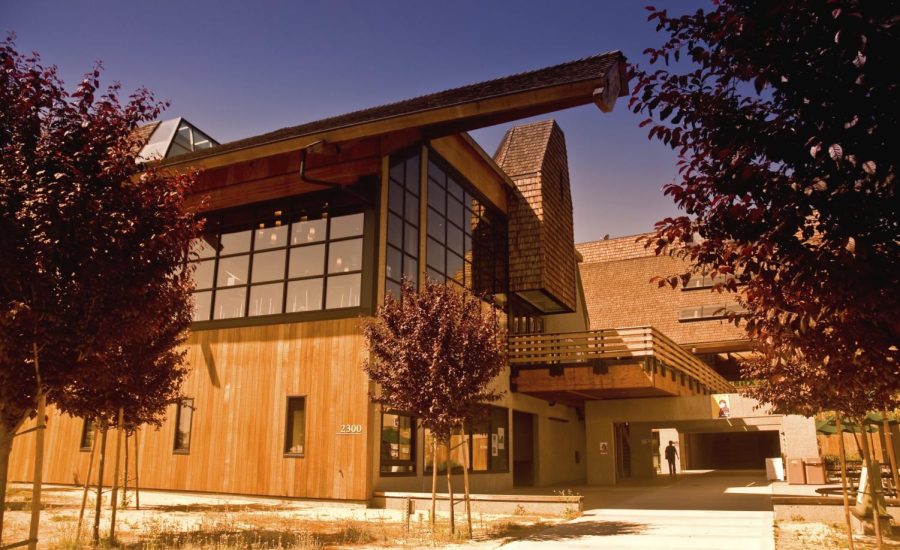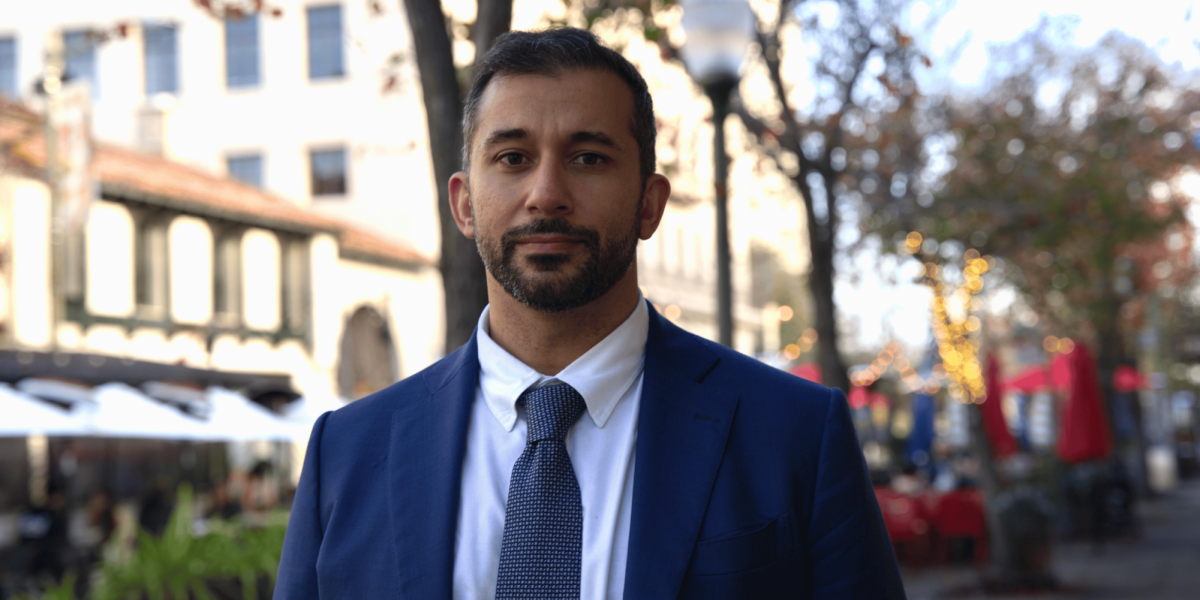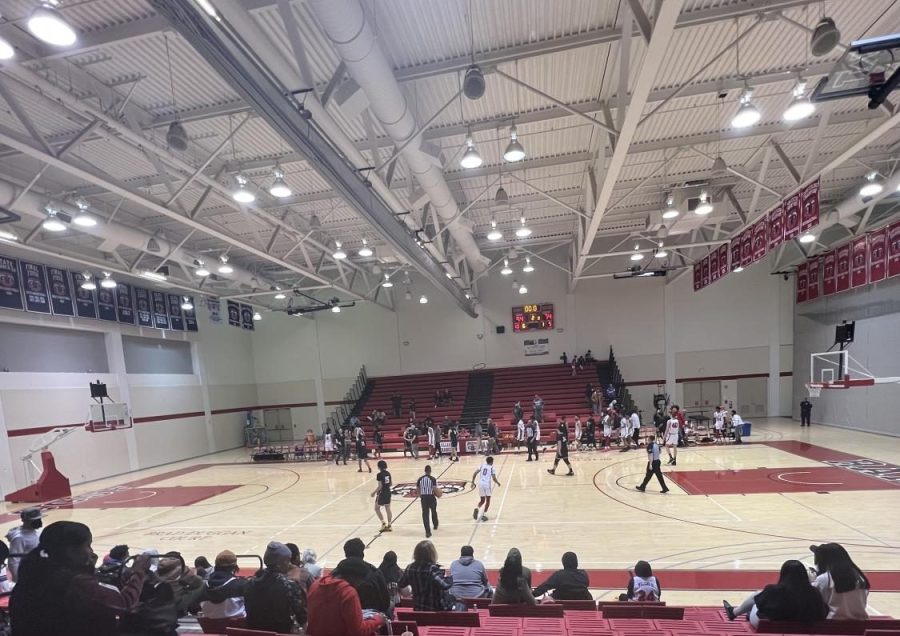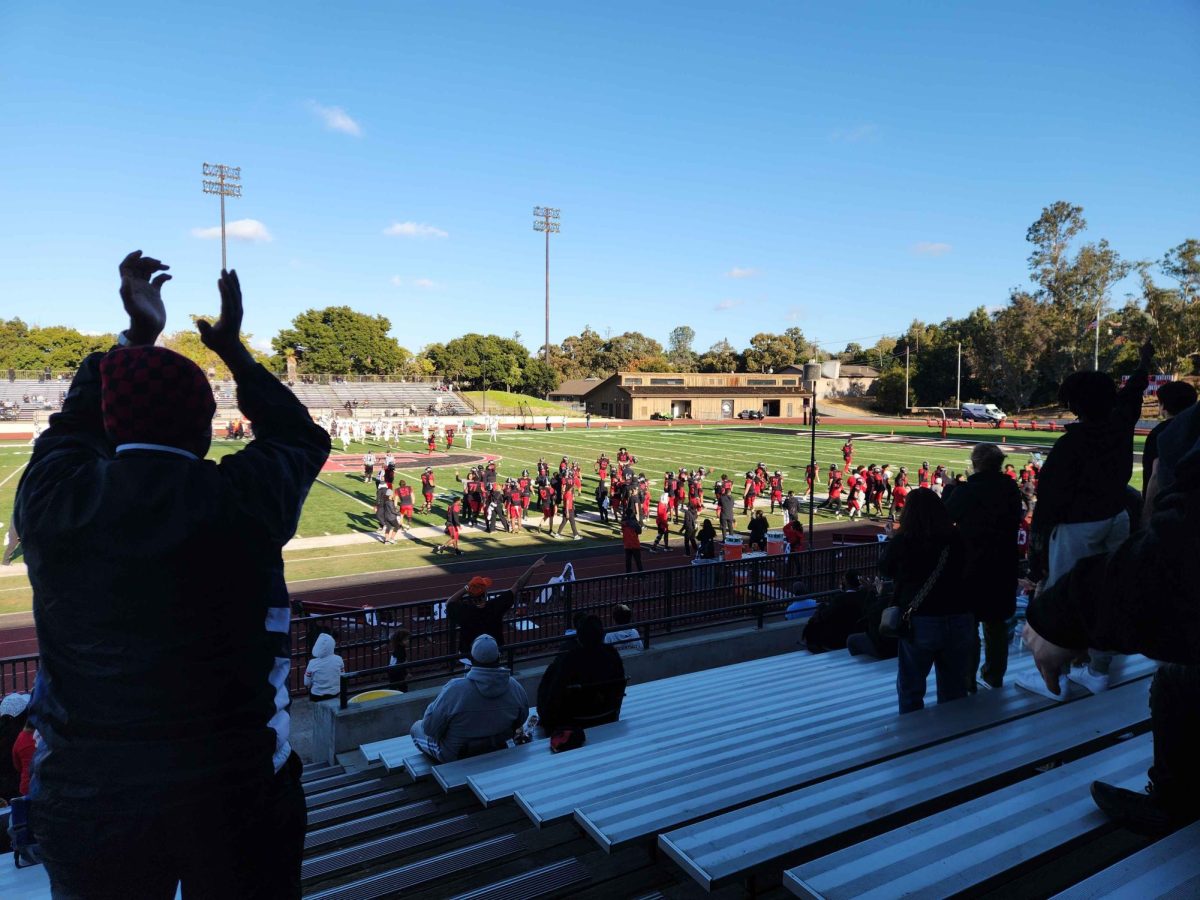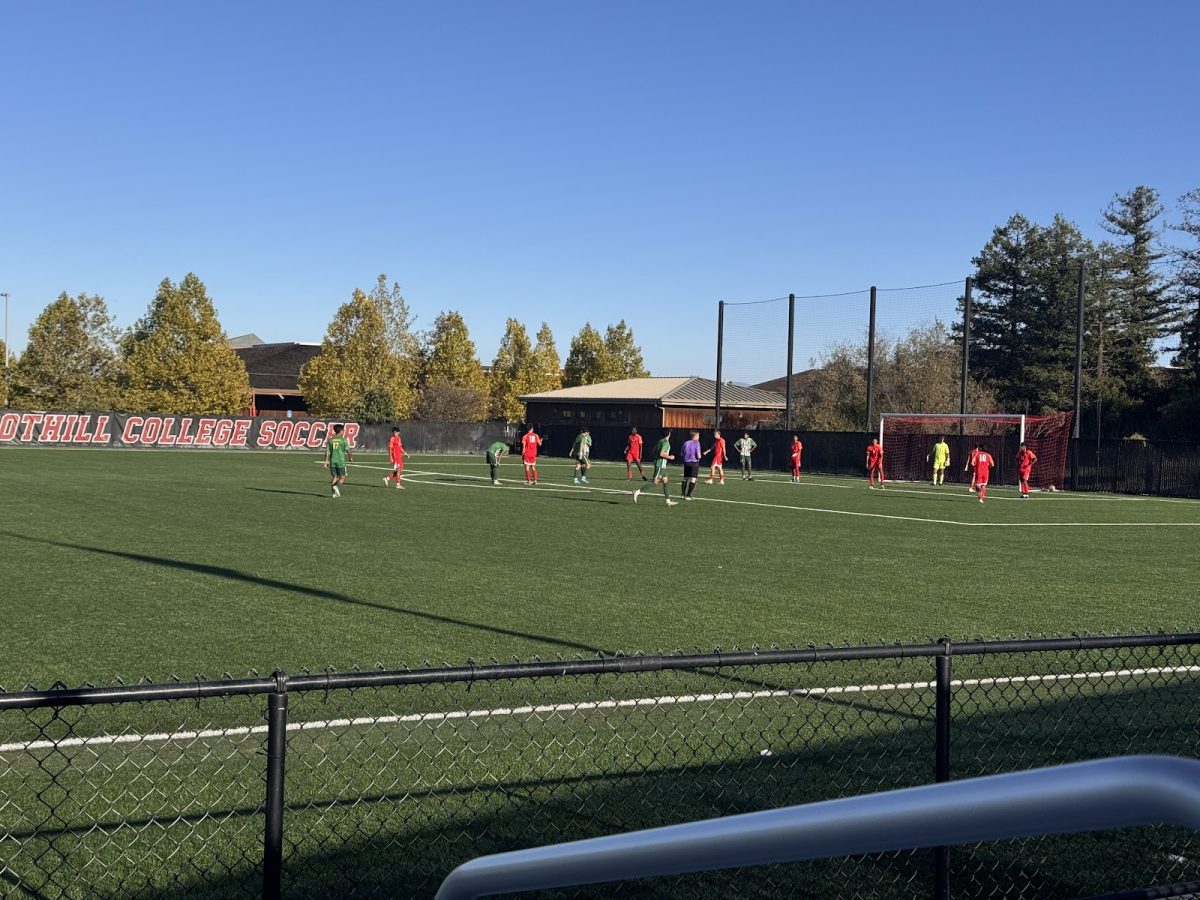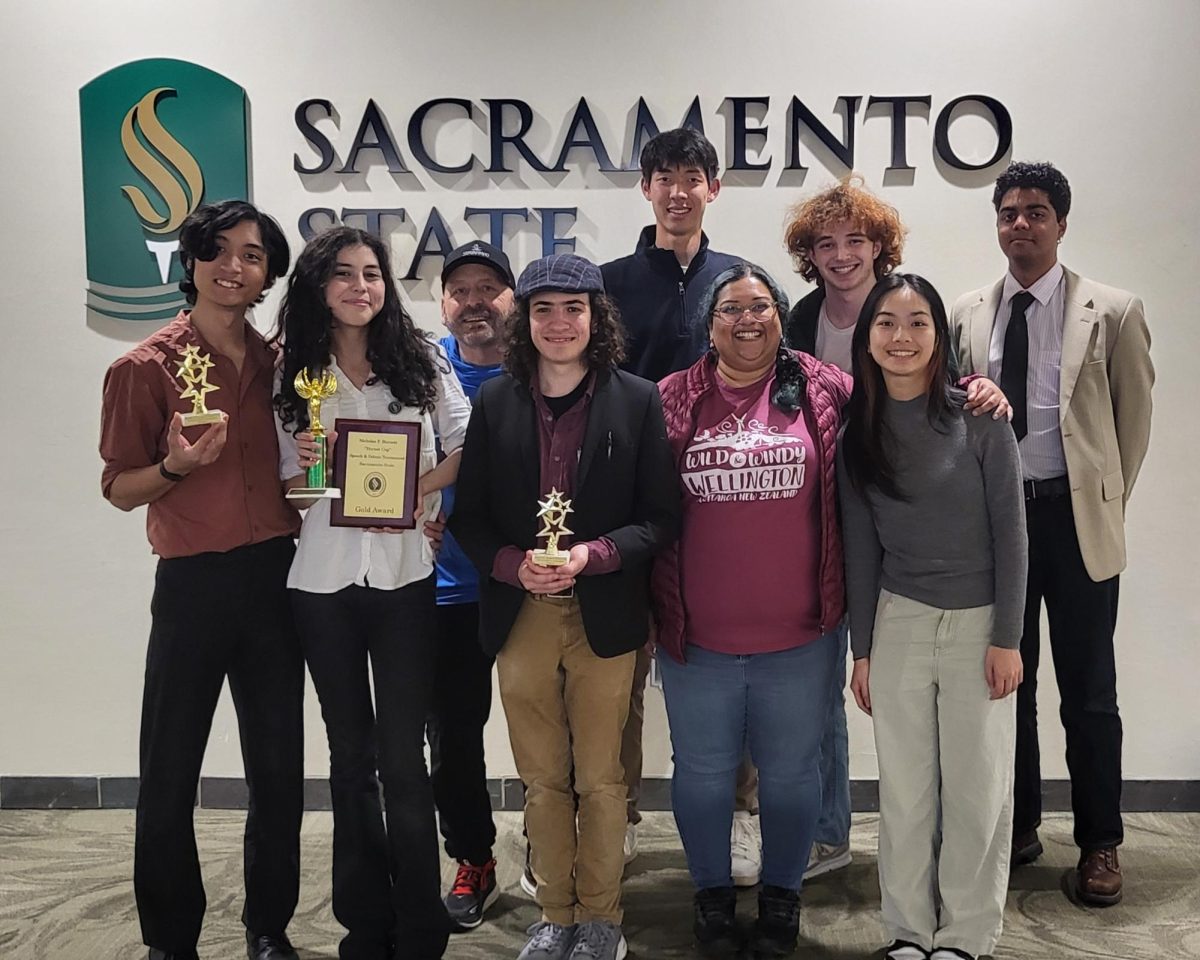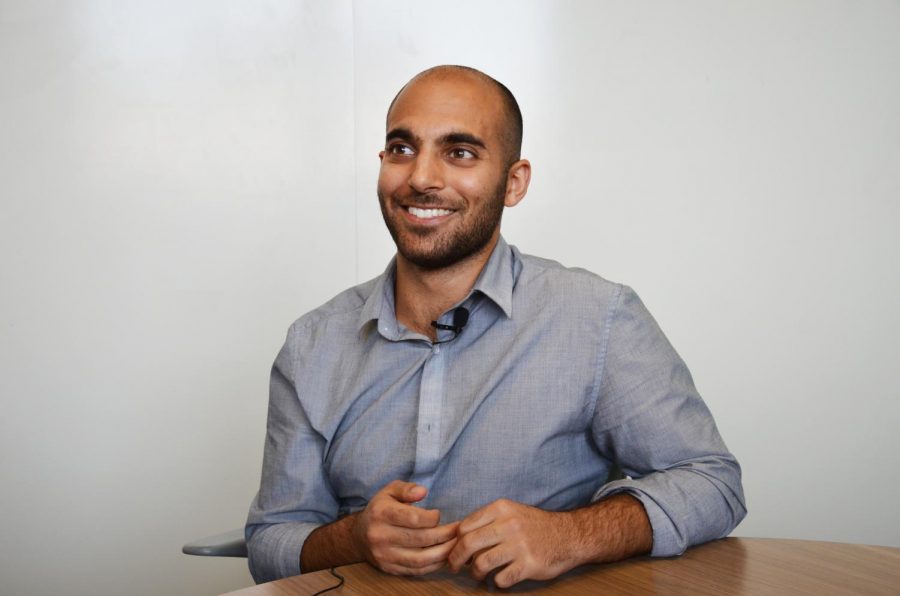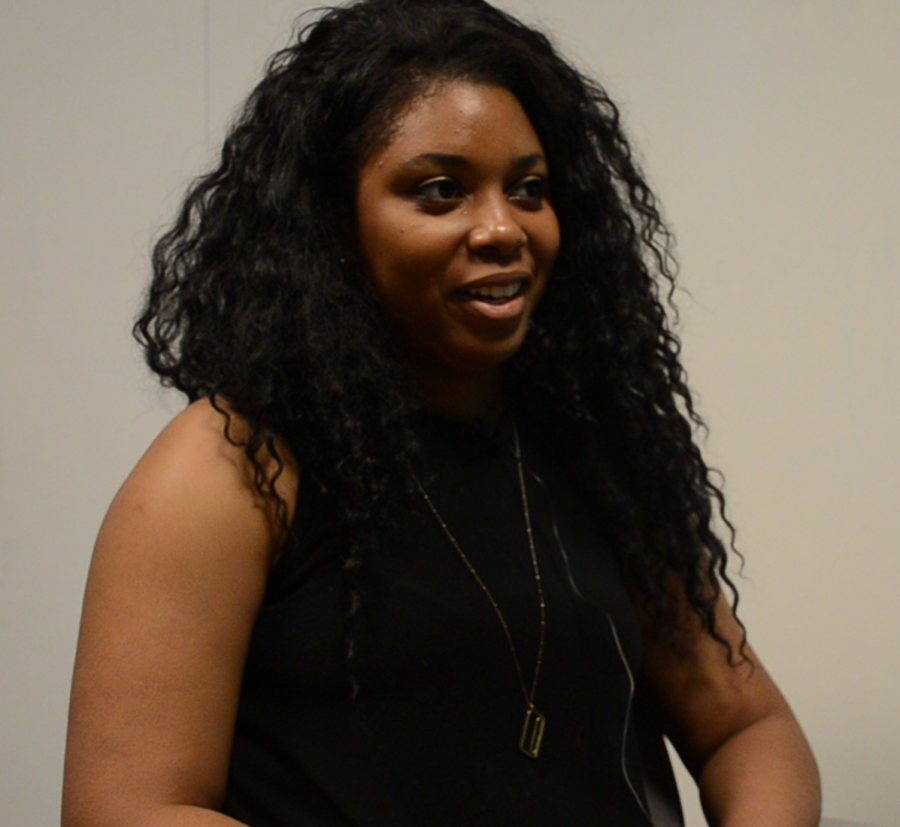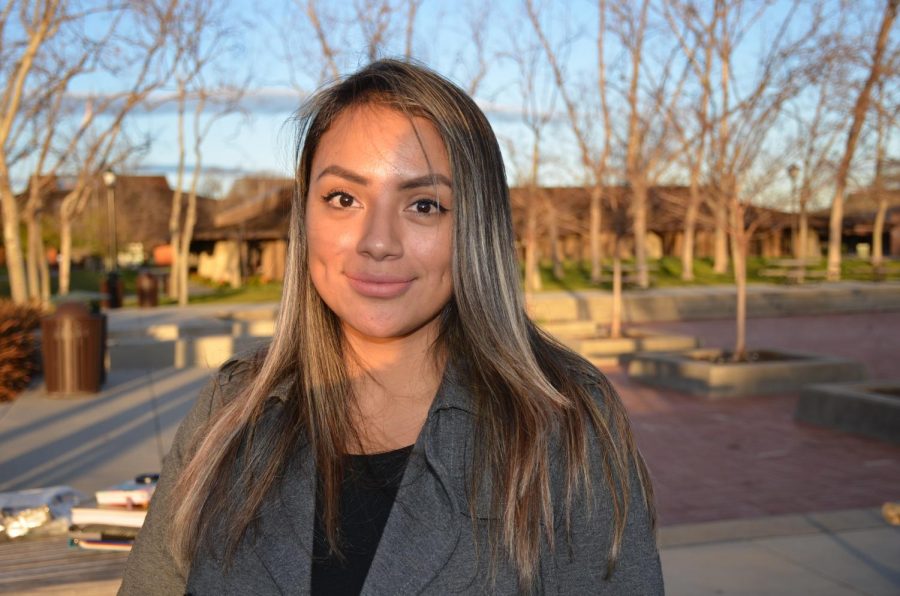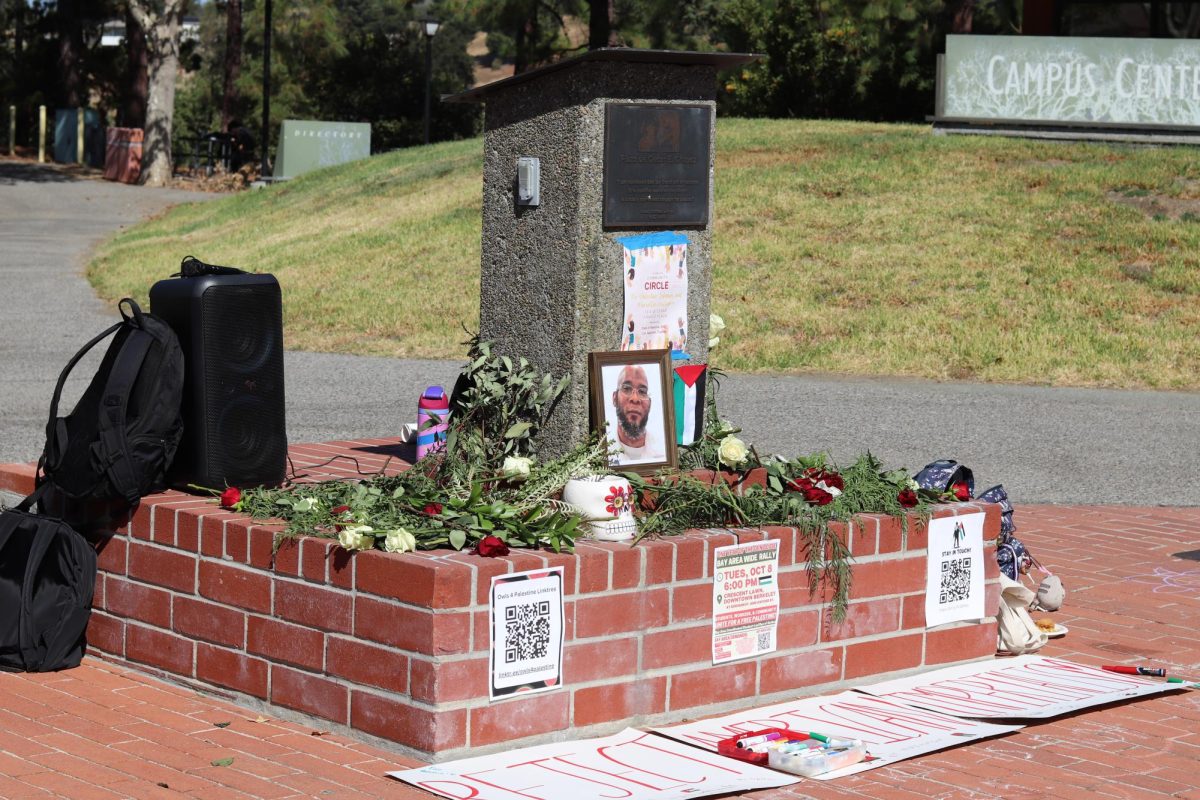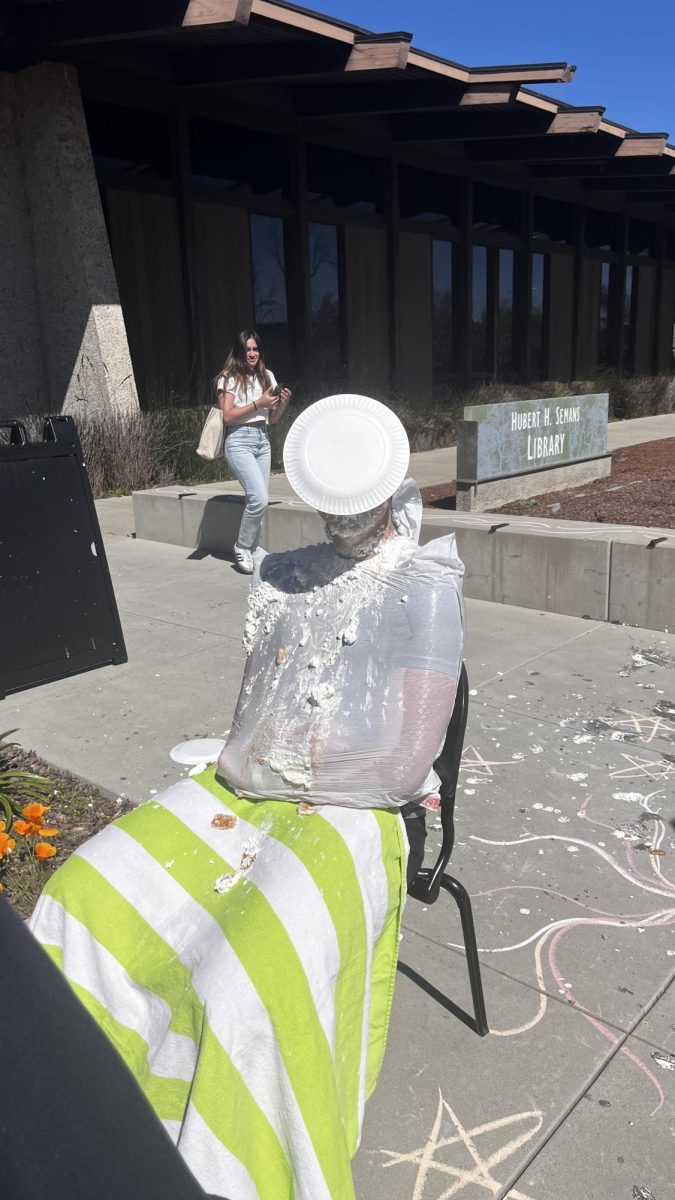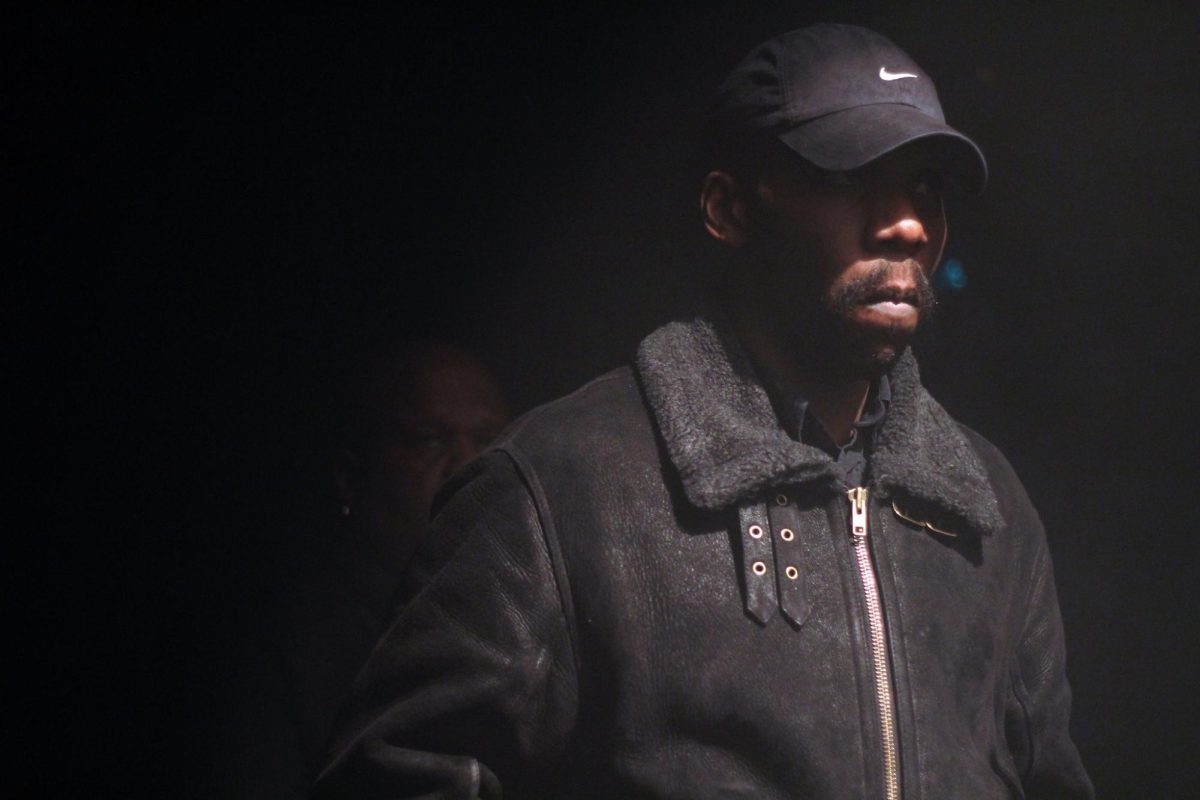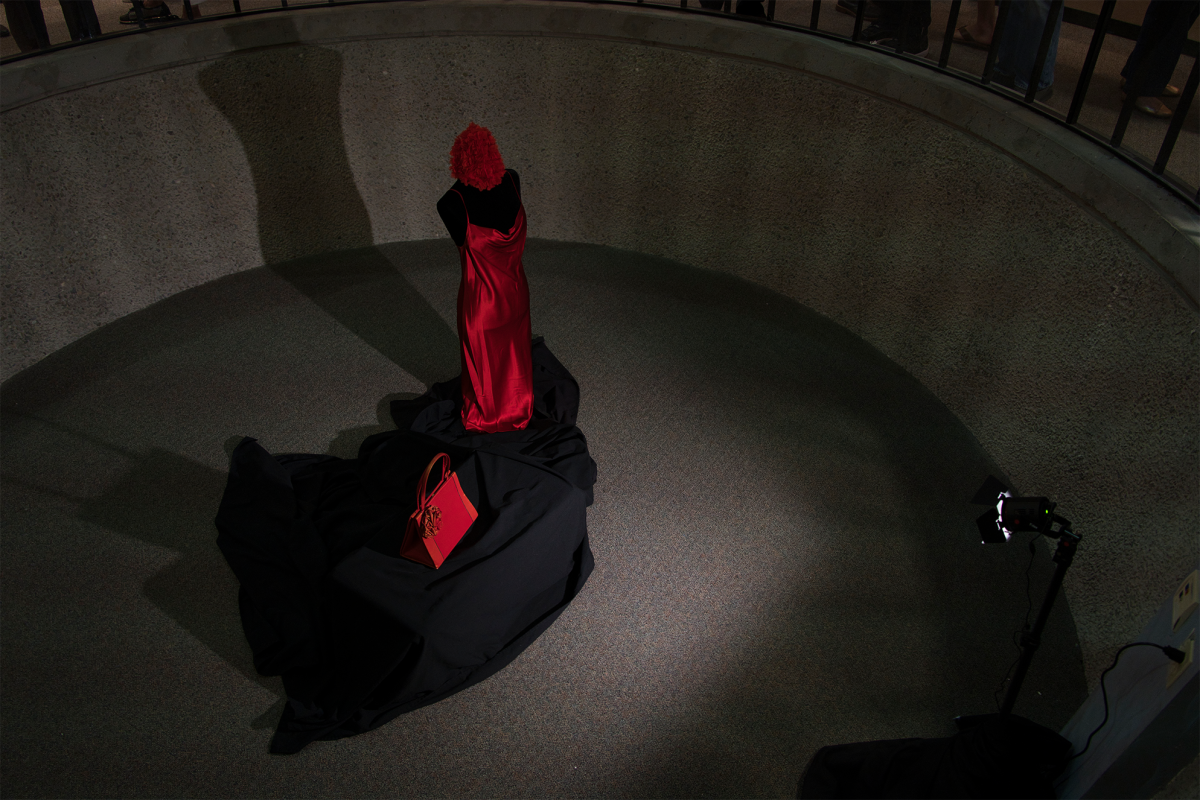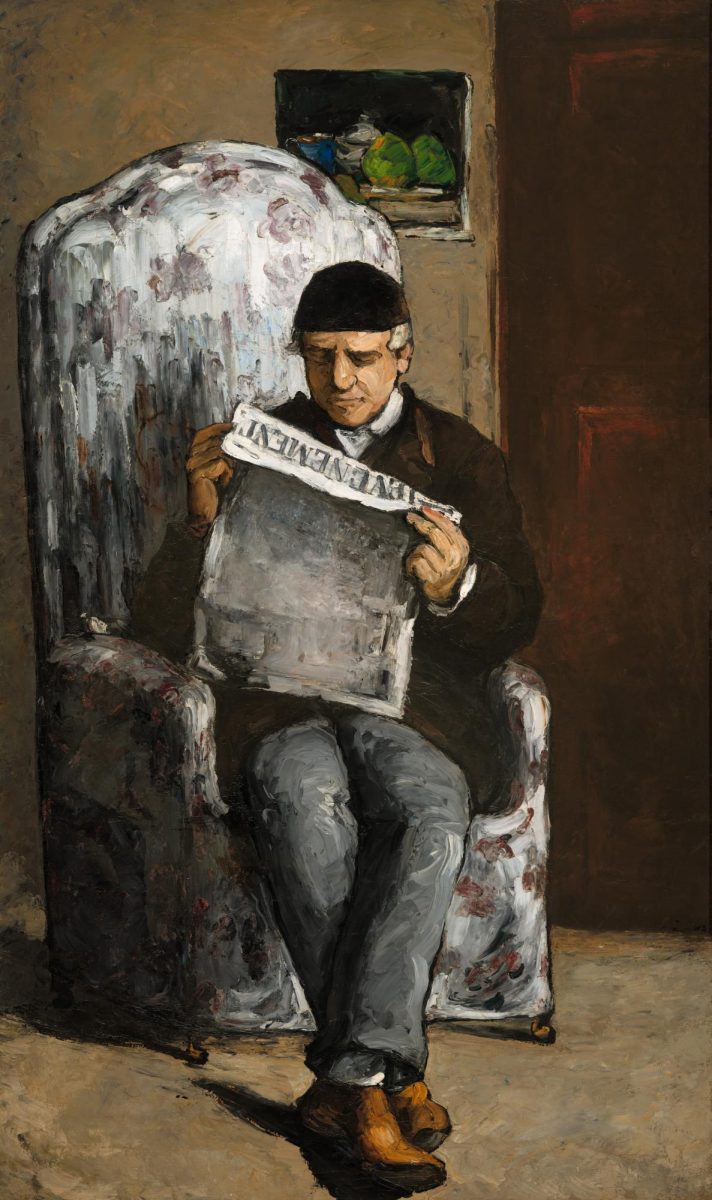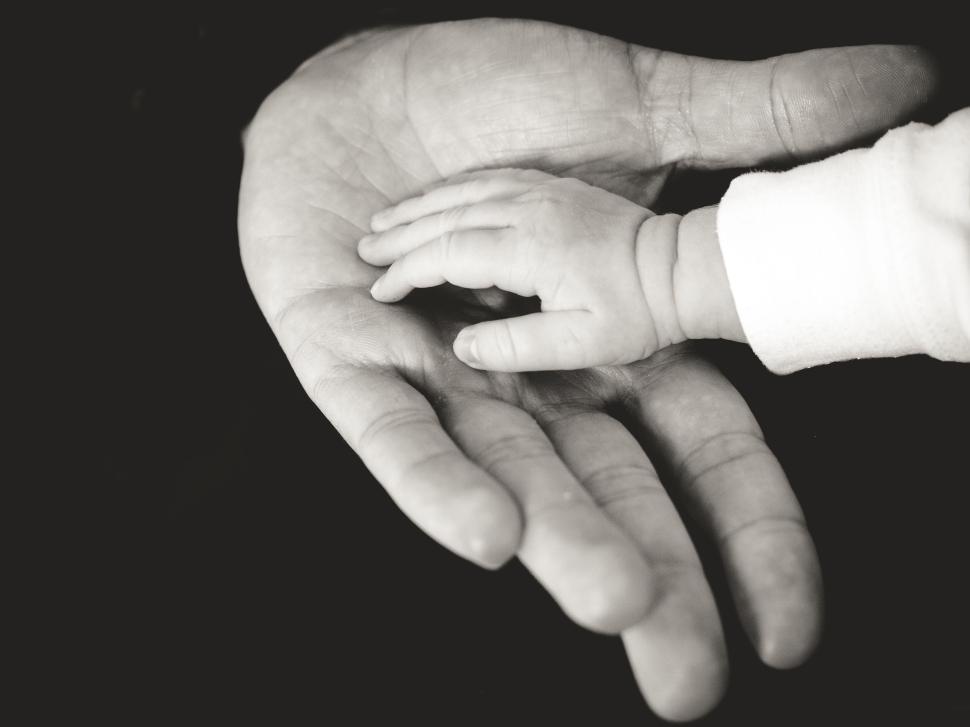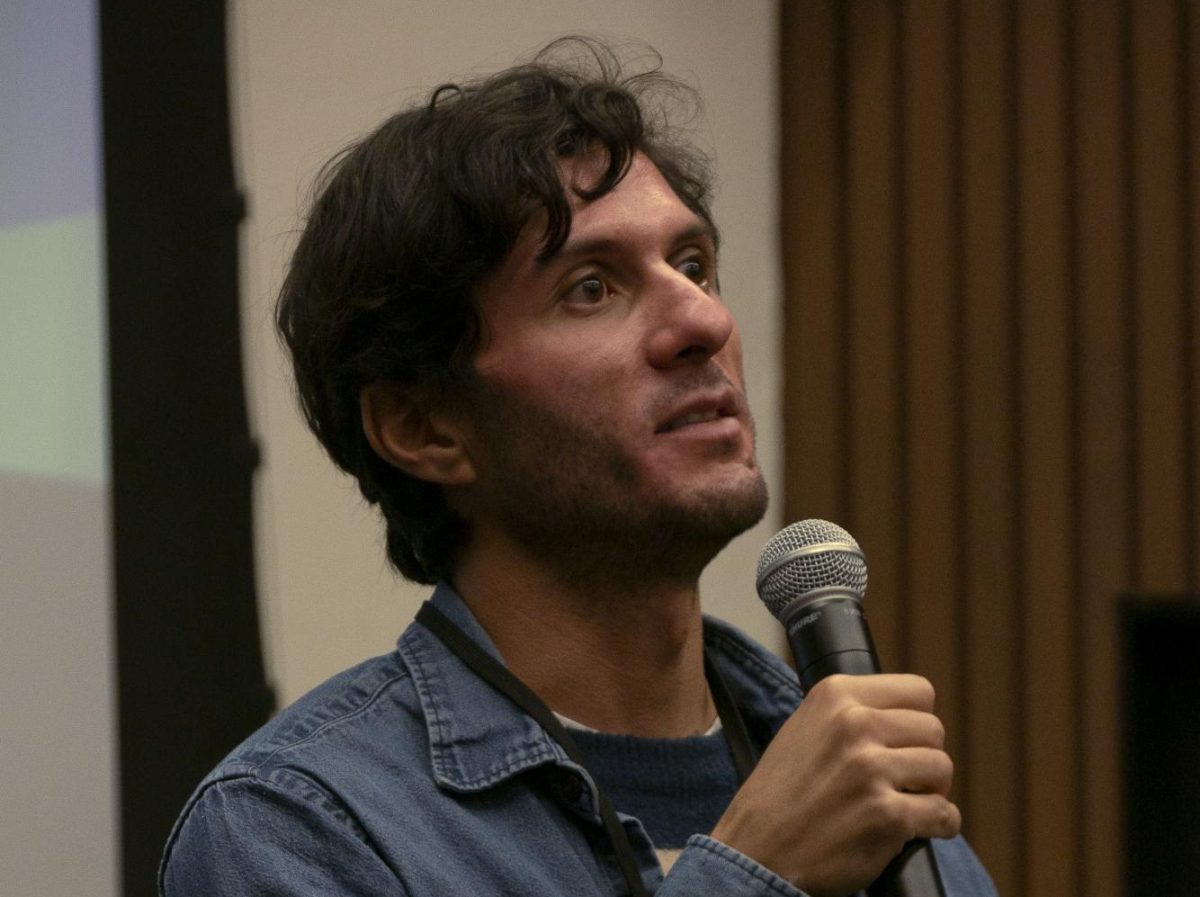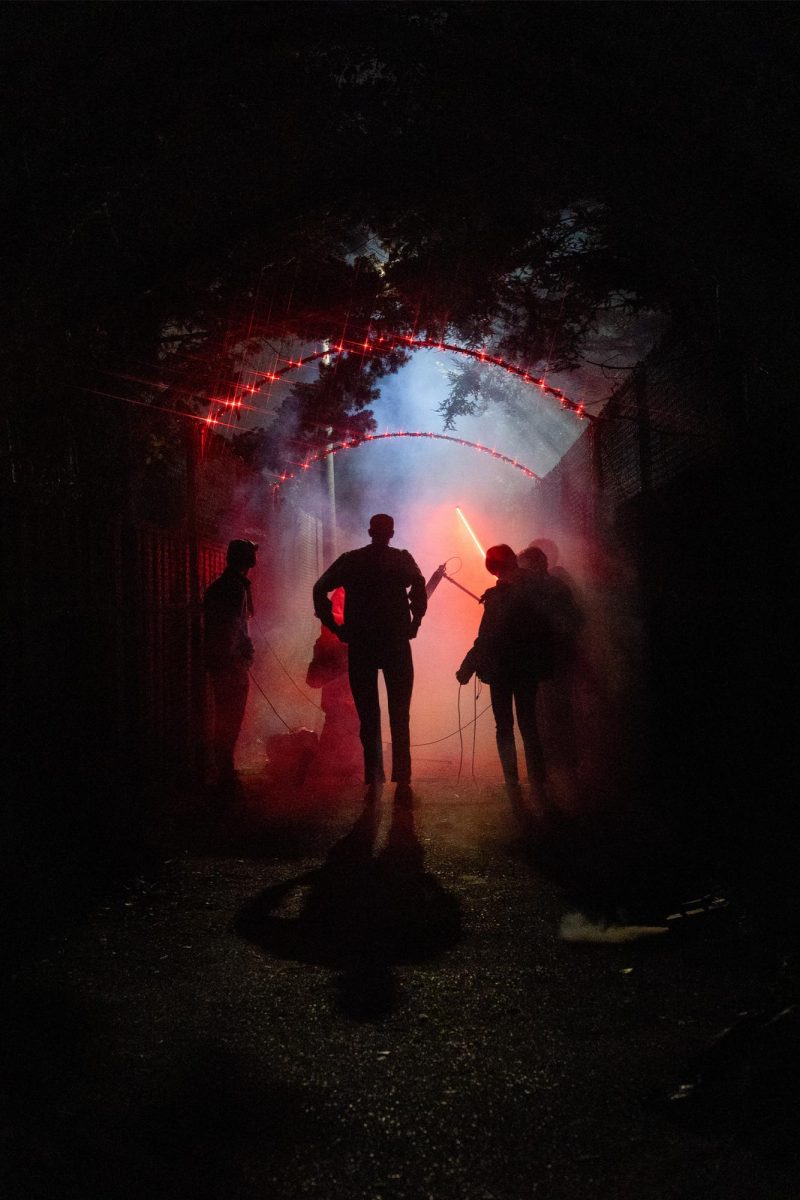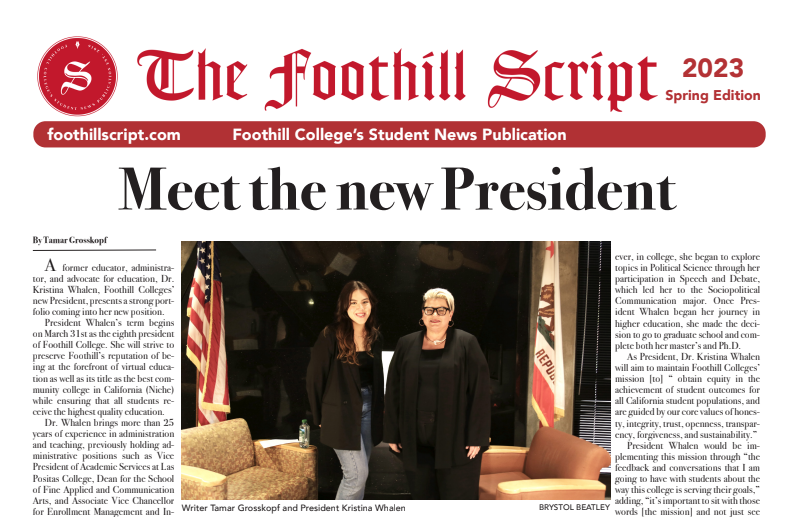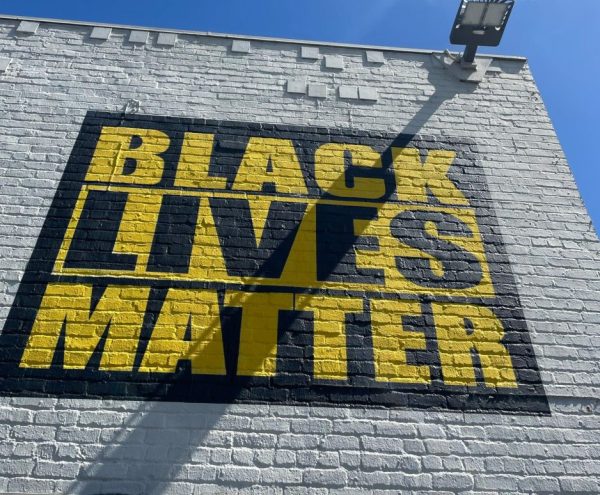Derailing the Community College Stigma
I had the privilege of only applying to four-year universities when I was a senior in High School and would be accepted into some of these schools. I had the privilege of spending three years at a university I worked so hard to get into. But I was no longer working hard, I was suffering, and was struggling to hide it.
My generalized anxiety disorder had become increasingly worse after entering college, and it made me fall further and further behind in school. Going to class, studying, writing papers, and asking for help seemed impossible. This led to an onset of depression, and soon I wasn’t able to do much of anything. After far too long, I finally spoke up and got the support I needed.
It took dropping out of university and extensive work on myself and my mental health, but I was finally ready to try again at Foothill Community College. The thing that used to bring me the most anxiety was now filling my empty days, and I actually enjoyed it. Taking the online approach this time around immensely helped relieve the stress I felt, while also transforming school into something done on my own accord. I am very lucky to have been able to work up the courage to take a second try at school and I have Foothill to thank for that.
There are hundreds of different reasons students come to Foothill, or any community college, but the most important is pursuing a higher education. If a community college is the best fit for a student, who are you to judge? Unfortunately, there is a hierarchy within the college system that has created a stigma around community colleges. This hierarchy is known as educational stratification in the U.S., the societal ranking of different categories of education.
The top of the educational stratification hierarchy could be considered Ivy Leagues such as Yale, Harvard, and Princeton. But why are they the best? They are coined as elite, but why does elite equal “best”? Dr. Patricia Gibbs, a Sociology Professor at Foothill College, poses the question, “Why is it that we have a common perception that you will get a better education at any of these places above others?” Asking these questions can help dismantle the hierarchy of higher education within the U.S. and potentially eliminate the unwarranted stigma surrounding community colleges.
The common term “junior college” portrays community colleges in an inferior light, as though the classes offered are less rigorous. The California Community College System is the largest post-secondary education system in the United States, with 2.1 million students from diverse backgrounds, ages, and education levels. Community college classes are at the same level of rigor as other university classes. They have to be if one of their goals is to prepare students to take upper-division courses after transferring with class credits under their belt.
Unlike other traditional colleges where the professors can be more concerned with their own research, passing over their teaching responsibilities to a TA, community college professors are consistently there for the students. The professors at community colleges are equally qualified, if not more when it comes to teaching, than other professors. Dr. Gibbs spoke about our own sociology department on this note, “The most recent new full-time hires in Sociology have PhDs, have published, and they also must demonstrate that they not only can teach well but that they love teaching.” There should be a big emphasis on that last part; they love teaching.
Community colleges are accessible, affordable and accept 100% of students. While this may not warrant the categorization of “elite,” it does mean that the student body is extremely diverse. They are servicing the community as a whole, without any exclusion or marginalization. It can be an educational path for low-income and first generation college students, and a second chance at higher education for all age levels.
While community colleges can be seen as a ‘stepping stone’ on the path to a four-year university, the education and experience gained is invaluable.
Julia Scott was a student at Foothill from 2019-2020 before transferring to UC Santa Barbara, and remembers her time at Foothill with the highest regard. “I gained new parts of myself, new friends, new perspectives on life and education and community,” she explains. “The class sizes were some of the best I experienced. They were small and engaged. The professors were passionate and really cared about the students and the topics they taught.”
Scott started at Foothill at a time when her college career seemed up in the air, much like myself, and it allowed her to work the hardest she ever had in order to build up her GPA and life experience in order to eventually transfer. It was easier for her to focus at Foothill, without some of the distractions that may come with a traditional college experience. And when comparing her classes at both colleges, Scott found that “education wise, not a major difference, if anything I gained more from community college classes.”
The path to higher education is not linear. The sooner we loosen our idea of what the college experience looks like, the sooner we can derail the stigma that surrounds community colleges. Our communities and the greater society can only benefit from affordable and accessible education for all people and the community college system can ensure that.

